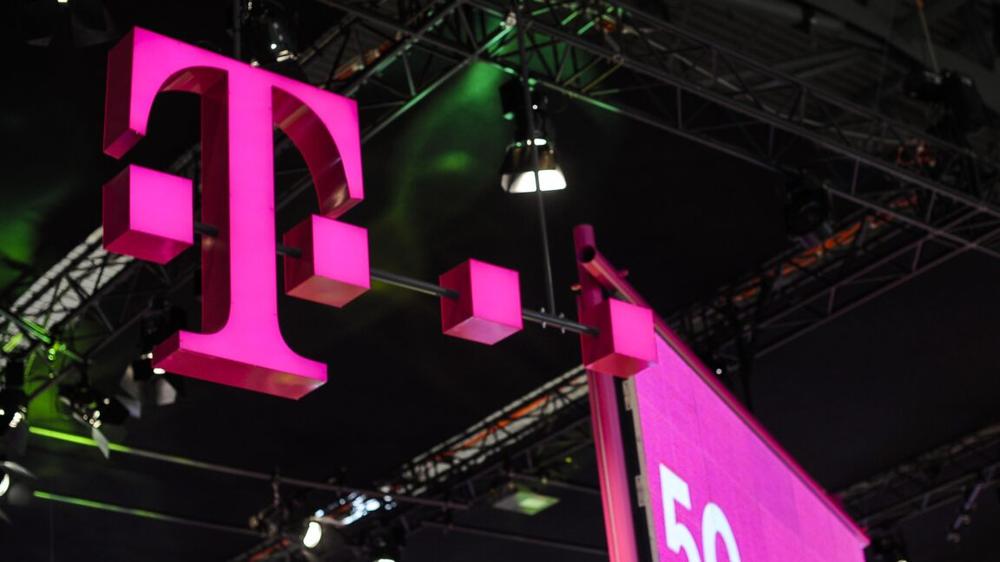When you’re setting out to build or upgrade your gaming PC, the best graphics cards are often the first thing that comes to mind. There’s a simple reason for that: When it comes to PC games, GPUs are the most impactful component in determining your rig's raw frame rates. Quite simply, most of the time, a better graphics card directly results in better performance – at least up to a point.
TL;DR: These Are the Best Graphics Cards
These days, GPUs have legitimately become a luxury good. With graphics cards like the Nvidia GeForce RTX 5090 costing upwards of $1,999, you can expect to pay top dollar for top performance. Prices are still way higher than they were when the GTX 970 blew my mind in 2014 – even when adjusted for inflation. However, if you temper your expectations, you can still get a solid gaming experience for a fraction of that price, especially if you're okay with gaming at 1440p or 1080p.
I’ve been reviewing graphics cards for the last four generations, and I’ve personally benchmarked, built with, and played games using every GPU on this list. However, if none of these strike your fancy, feel free to comment below what kind of gaming experience you’re looking for, and I’d be happy to help you find the perfect card for your build.
While it would be easy to just tell you to get the most powerful graphics card on the market for the best gaming experience, the truth is that picking a GPU is something you need to put a bit more thought into. Not all graphics cards are created equal, and everyone is going to need something a little different out of their PCI-E brick.
Decide on your resolution first. This is because a graphics card that's great at 4K isn't exactly going to translate to an amazing 1080p graphics card. Just take a look at the Nvidia RTX 5090. While the new flagship flies at 4K, it can actually be slower than much cheaper graphics cards at 1080p, due to CPU bottlenecking. Instead, if you're playing at 1080p, something like the Intel Arc B580 is going to be a much better fit. You're still going to get solid gaming performance, but at a much lower price, which you can use to, well, buy more games.
Set your budget. Price is also a huge concern, and graphics cards are only getting more expensive these days. It would be awesome if everyone could afford an Nvidia GeForce RTX 5090, but that's just not the world we live in. These days, the floor sits around $200-$250. For that price you can get a solid 1080p graphics card, without having to go back to a previous generation. If you have a bit more cash, something like the AMD Radeon RX 9060 XT will unlock most of gaming's bells and whistles.
If you really want to go all-out, you can get an amazing graphics card for around $1,000. Both the AMD Radeon RX 7900 XTX and Nvidia GeForce RTX 5080 will provide an awesome 4K gaming experience, and the one you choose should ultimately depend on how much you care about ray tracing. For most people that just want raw gaming performance, the Radeon RX 9070 XT is a better option, as it's a more affordable card that can still handle 4K, and it even comes with FSR 4, which is the first time AMD can really go toe-to-toe with Nvidia's DLSS.
Luckily, it looks like this generation of graphics cards is going to make 4K gaming much more accessible. When I reviewed the Nvidia RTX 5070 Ti, I found that it had no problem breaking 60fps in even demanding games like Black Myth Wukong. However, more expensive and powerful cards like the RTX 5080 and 5090 are going to give you more breathing room for future PC games.
With more expensive graphics cards, however, power is going to be a big concern. You're going to want to make sure you check which power supply you have against the power requirements for the graphics card you're looking at. Something like the Intel Arc B580 can get away with a 450W PSU, but you're going to want to make sure you have something much more powerful for the Radeon RX 7800 XT, for instance. You don't need to go overboard and fork over the cash for a power supply that offers twice the recommended power – just make sure you have enough juice to keep your GPU going.
The Best Graphics Card for Most People
The Best Mainstream Graphics Card If You Want to Spend a Bit More
The Best Nvidia Graphics Card
The Best AMD Graphics Card
The Best GPU for 1080p
The new generation of graphics cards is now fully here, and a lot sooner than in previous generations. In just a few short months, Nvidia has released everything from the RTX 5090 to the RTX 5060 – which used to take an entire year. AMD has done things a little differently this time around, eschewing the high-end by leading its lineup with the mid-range RX 9070 XT. Either way, the full spectrum of current-gen graphics cards is here.
As for when new GPUs will come out, it's anyone's guess right now. We're likely going to see mid-generation refreshes announced at CES 2026, where Nvidia may announce something like a 5080 Super. Beyond that, we probably won't see a new generation of graphics cards until at least 2027. After all, this current run of graphics cards was the first in a long time to take more than two years to hit the market. After the RTX 4090 launched in October of 2022, Nvidia didn't announce the 5090 until January 2025. We're probably going to be waiting a while.
AMD or Nvidia? Or Intel?
When it comes to which brand of graphics card you should get, it ultimately comes down to your personal preference – even if each brand has its own unique advantages. Intel graphics cards are the most affordable option on the market right now, but its graphics cards aren’t exactly the fastest in the land. On the other hand, Nvidia makes the most powerful GPUs around, but you’re going to have to pay out the nose for that performance.
AMD graphics cards strike a pretty good balance between the two, but while the company loves to use open-source graphics APIs, it means you don’t get access to some of the exclusive features that Nvidia owners enjoy, like DLSS (and the new DLSS 4). AMD has alternatives for literally every Nvidia software feature, but some of them simply aren’t as good. See our guide to AMD vs. Nvidia GPUs for more info.
What power supply should I get?
Graphics cards, especially high-end ones, are sucking up more electricity with every passing year. If you’re looking to build a new gaming PC, or even upgrade from an older graphics card, you should really consider upgrading to one of the best power supplies.
Some of the graphics cards out there right now can take upwards of 450W of power by themselves, so you may want to consider a 1,000W power supply.
GTX vs. RTX
Nvidia has both an RTX, or Ray Tracing Texel eXtreme, and GTX, Giga Texel Shader eXtreme graphics cards series, with the RTX offerings being newer, more powerful, and more expensive.
That boosted performance is thanks to the architecture of RTX cards, which offer both Tensor and RT cores alongside CUDA cores for better graphics and rendering. Tensor cores enable AI and high-performance computing tasks bringing support for DLSS tech to help with upscaling and sharpening. RT cores are dedicated to ray tracing, allowing for more realistic lighting and shadows in scenes. Nvidia’s GTX graphics cards have a much simpler architecture and don’t offer Tensor or RT cores. Though they still work for budget builds, GTX cards will soon be obsolete.
Jacqueline Thomas is the Hardware and Buying Guides Editor at IGN. When she's not helping her friends and family buy computers, you can usually find her tinkering with her own PC.

 Kindle’s new ad-filtering setting keeps NSFW promos off your lockscreen
Kindle’s new ad-filtering setting keeps NSFW promos off your lockscreen